DESCRIPTION
Once the site of the city
landfill, this newly evolving park will soon be an environmental
jewel, to be enjoyed by nature lovers, picnickers, canoeists,
and walkers. As part of the Yuma Heritage Area, this park
has received a heartening influx of federal, state, and private
funds. The west end of the park has a
large planted mesquite/acacia/palo verde grove and the
portions along the river have many cottonwoods. Close
to the main entrance off 12th Ave. are two restrooms,
parking lots, a small lake that is regularly stocked with fish, a great playground, a boat launch on the Colorado River. A hummingbird garden with
numerous desert flowers and a ramada are on a low bluff
overlooking two small ponds. The east end of the park has a large area of mixed shrubs and mesquites, and large cottonwoods and willows form a grove closer to the Colorado River.
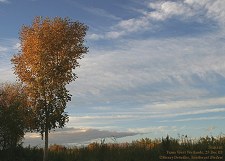
Cottonwood at Yuma
West Wetlands
|
DRIVING
DIRECTIONS
Site #6 on Yuma
East Overview Map
Getting there from the intersection of I-8 and 4th Ave takes
about 5 minutes:
- From I-8, exit south onto
4th Ave
- Drive south one short block until you reach 1st Street (first
stoplight). Turn right (west) onto 1st Street.
- Drive several blocks west. You'll pass Ave A (a stop sign).
The first street past Ave A is 12th Ave. Turn right (north) onto
12th Ave.
- Drive north 1/8 mile over the rail-road tracks into the park.
- You can reach the
west end of the park by continuing on 1st Street until you reach
22nd Ave, and then turning north there.
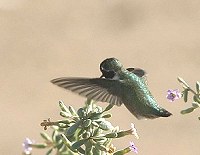
Costa's Hummingbird in the
Hummingbird Garden
|
Yuma
West Wetlands
 |

|
R = rest room
P = parking lot
M = mesquite grove
H = hummingbird garden
|
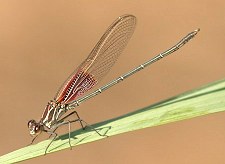
American Rubyspot (Damselfly)
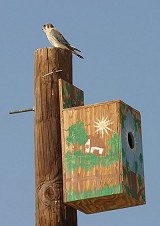
American Kestrel
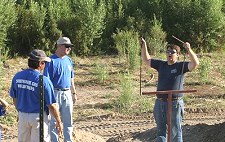
Roger Blakely working on
Burrowing Owl habitat
|
POSSIBLE
SIGHTINGS
During the winter, look for the following birds around the
small ponds on a regular basis:
-
Hooded & Common Mergansers (if there's enough water)
- Great & Snowy Egrets
- Green Heron
- Sharp-shinned & Cooper's Hawks
- Belted Kingfisher
- Black & Say's Phoebes
Expected
migrants & seasonal residents:
Warblers
-with the great habitat here, all the western
warblers are possible during the right season: Wilson's, Yellow, Yellow-rumped,
Orange-crowned Warbler, Hermit, Black-throated Gray Warblers, Yellow-breasted Chat (summer)
Flycatchers
- look for Western Kingbird (summer), Western Wood Pewee,
Olive-sided Flycatcher, Gray Flycatcher, Ash-throated Flycatcher (summer)
Year-round
residents & winter visitors to the park include:
- Osprey (winter)
- Greater Roadrunner (resident)
- Gambel's Quail (resident)
- Ladder-backed & Gila Woodpeckers (residents)
- Crissal Thrasher (resident)
- Great-tailed Grackle
- Verdin (resident)
- Black-tailed Gnatcatcher (resident)
- Blue-gray Gnatcatcher (winter)
- Common Yellowthroat (resident)
- Song (resident) & Lincoln's (winter) Sparrows
Recent
Unusual Birds/Rarities
- Northern Parula (fall 2012)
- Red-naped & Red-breasted hybrid Sapsucker (fall 2012)
- Black and White Warbler (fall 2012)
- Eastern Phoebe (fall 2012)
- Virginia's Warbler (Sep 2012)
- Summer Tanagers (Nov 2012)
|
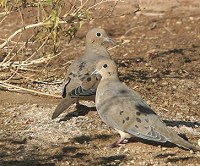
Mourning Doves
|
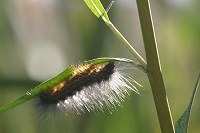
Caterpillar
|
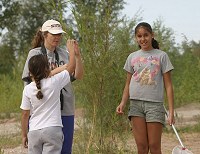
Gaby, Suzanne, &
Adriana
|
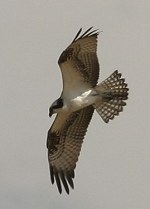
Osprey
|
|